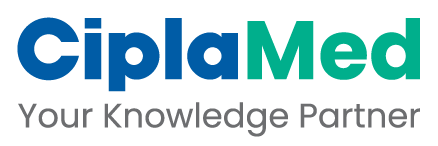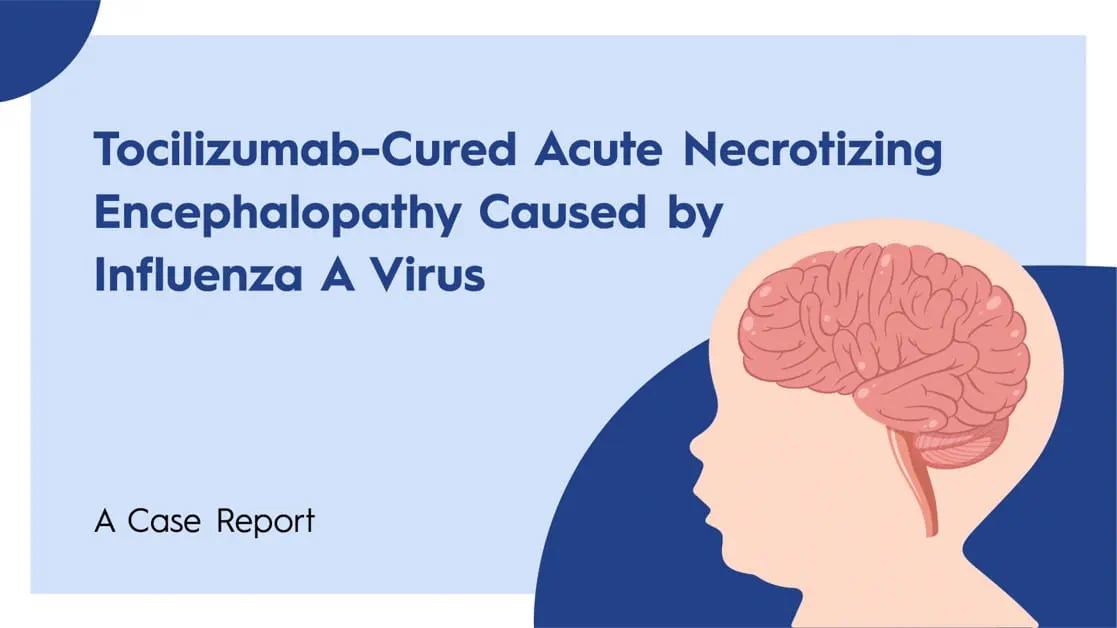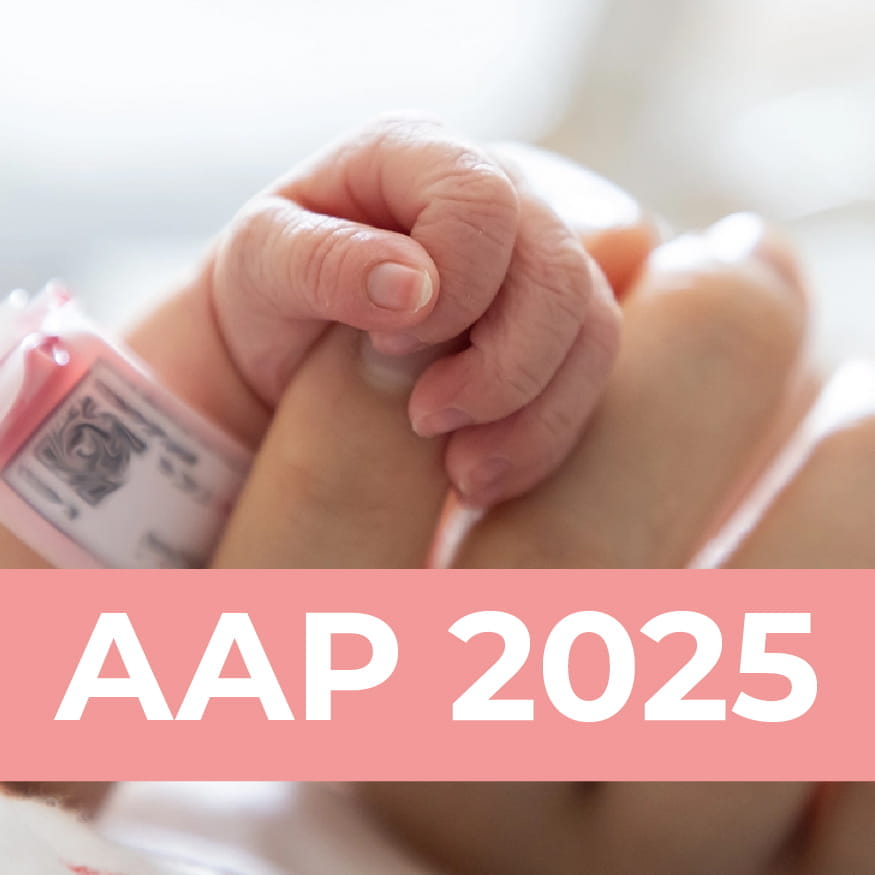AAP 2025: Highlights from Day 3
Hunger's Hidden Impact: How Childhood Malnutrition Shapes ADHD Risk in Underserved Communities
Presenter: Esther Kaplun
A systematic review screened 2,110 studies with 68 randomized controlled trials meeting inclusion criteria, focusing on folate deficiency. A significant association was found between early childhood malnutrition and persistent ADHD symptoms into adulthood. In a longitudinal study of 145 adults (80 with childhood malnutrition history, 65 without), 69% of those malnourished exhibited clinical ADHD symptoms between ages 37-43 (p < 0.001). Children with inattentive ADHD were less likely to follow nutritional eating patterns (p < 0.001). Folate, magnesium, and serine deficiencies correlated strongly with ADHD severity. Early nutritional interventions were recommended as cost-effective ADHD prevention strategies.
Tools to Manage Anxiety in School and Childcare Settings
Presenter: Sasha Jacobs
Unlicensed personnel (UPs) were provided a straightforward guide focusing on coping skills and management of as-needed medications. Modelled after the asthma action plan, it categorizes interventions into green (baseline), yellow (increasing anxiety), and red (crisis) zones. The plan was pilot tested with Children’s Hospital Colorado school nurses with surveys in May 2023 and 2024. Usage was reported by 61% of nurses in 2023 and 52% in 2024 across various school levels and programs.
About 70% indicated parent involvement in plan development, and 85% found it helpful for managing anxiety. Training and recommendations were provided post-pilot to improve UP understanding and use. The plan offers a practical framework for timely anxiety management, promoting mental health prioritization and student success in education.
Dietary Impact on Growth and Neurodevelopmental Outcomes in Premature Infants After Hospital Discharge
Presenter: Christine Simon
A retrospective chart review was conducted using data from approximately 300 premature infants, with follow-up up to two years. Of these, 175 infants met eligibility criteria, excluding those with intrauterine growth restriction or gastrostomy tubes. Infants were categorized by diet: 19 received unfortified human milk, 109 formula, and 47 fortified human milk. At 5–7.99 months, average weights were similar (7.0 kg fortified milk; 6.9 kg formula and unfortified milk). At 11–13.99 and 17–19.99 months, formula-fed infants had the highest weights (9.7 kg and 11.7 kg).
AIMS scores were highest in the human milk group, with statistically significant better gross motor development at 11–13.99 months compared to fortified milk (p=0.01) and formula (p < 0.001). Dietary practices did not affect growth, but human milk may improve neurological outcomes.
Expert Consensus on Quality Measures for the Management of Severe Malaria Complications in Children Under Five in Sub-Saharan Africa: A Modified Delphi Study
Presenter: Shenila Lallani
A modified Delphi study was conducted in three phases: expert panel (EP) recruitment, initial quality measure (QM) development, and the Delphi process. Frontline pediatricians with at least 3 years’ experience working in sub-Saharan Africa (SSA) were recruited via global health listservs. An initial set of 37 QMs for managing severe malaria complications in children was drafted based on literature and WHO models. During three Delphi rounds, QMs were rated for acceptance, modification, or rejection; consensus (≥80% agreement) was reached on all 37 QMs, with 11 requiring modification.
The final QMs, evaluated using National Quality Forum criteria, addressed severe anemia, cerebral malaria, hypoglycemia, and acute kidney injury. These consensus-derived QMs aim to standardize care, reduce mortality, and inform quality improvement efforts in pediatric malaria management.
Implementing Critical Congenital Heart Disease (CCHD) Screening in Rural Karnataka, India
Presenter: Aneesha Pydi
Universal CCHD screening was implemented at Vivekananda Memorial Hospital (VMH) through collaboration with pediatricians, trainees, and nurses by providing pulse oximetry equipment, conducting virtual training on its use, and teaching an AAP-endorsed screening algorithm. 76 of 77 new-borns born at VMH were screened; one new-born required emergent transfer at delivery. Ten infants who initially failed screening passed on repeat; six were initially lost to follow-up but were retested after staff re-education. Screening rates increased from 0% to 99%, with 100% adherence to the algorithm.
The program established a local electronic health record and referral process. Approximately 500 new-borns are expected to be screened annually at VMH, with about 50 expected to fail initial screening and about 5 diagnosed with congenital heart disease, facilitating rural-urban healthcare collaboration.
Kawasaki Disease in an Infant: Unmasking a Complex Diagnosis Amid Viral Symptoms
Presenter: Kaleigh Perez
A 2-month-old female presented with constipation, vomiting, fever, and later developed a rash, mild conjunctivitis, cough, congestion, fussiness, and decreased oral intake. Initial workup suggested a viral illness with positive rhinovirus/enterovirus, elevated CRP and AST, and mild CSF pleocytosis but negative bacterial cultures. Fever resolved by day 7 but recurred on day 9, prompting further investigation. An echocardiogram revealed multiple coronary artery aneurysms, confirming Kawasaki disease (KD) with giant aneurysms.
Treatment with high-dose aspirin, IVIG, anticoagulation, pulse steroids, and infliximab was initiated. This case illustrates the diagnostic challenge of KD in young infants, where symptoms mimic viral infections. Early recognition and treatment are vital to prevent severe cardiovascular complications.
Neurological Presentations in Mycoplasma pneumoniae Infections: A Case Series from the Recent Outbreak at a Children's Hospital
Presenter: Islam Elmitwalli
Four pediatric cases of Mycoplasma pneumoniae-associated neurological complications were reported, presenting with acute focal or diffuse neurologic deficits, including sensorimotor impairment, altered mental status, and encephalopathy. All patients showed recent mild respiratory symptoms, elevated CRP, leukocytosis, and positive Mycoplasma IgM serology. Chest imaging revealed pneumonia in several cases. Neuroimaging consistently demonstrated demyelinating lesions, and CSF analyses showed pleocytosis and elevated protein without pathogens on culture or PCR.
Limited improvement was seen with antimicrobials and antivirals until immunomodulatory treatments such as corticosteroids and plasmapheresis were initiated, resulting in significant neurologic recovery. These findings support an immune-mediated, post-infectious mechanism rather than direct CNS invasion.
Through the Viral Looking Glass: EBV Meningitis and Alice in Wonderland Syndrome
Presenter: Shahnoor Z. Jafri
An 8-year-old previously healthy female presented with one week of fever, night sweats, abdominal pain, headache, and fatigue. Labs showed elevated liver enzymes (AST 285, ALT 256), CRP 13.5, and a positive monospot test for EBV. Imaging revealed pericholecystic fluid and splenomegaly. On admission, she developed visual disturbances described as seeing objects “far away,” nuchal rigidity, lethargy, and persistent fever. CSF analysis showed mononuclear predominance and positive EBV DNA by PCR, with negative cultures. Neuroimaging was normal. Visual symptoms consistent with Alice in Wonderland Syndrome (AIWS) improved with acyclovir. Fluid overload with pleural effusions and ascites resolved with supportive care. The patient completed acyclovir and was discharged with precautions due to hepatosplenomegaly.
Do Prophylactic Antibiotics Decrease Risk of Infection in Closed Percutaneous Pinning of Pediatric Hand Fractures?
Presenter: Chinelo A. Onubogu
A retrospective study involving 739 pediatric patients from six institutions who underwent closed reduction percutaneous pinning (CRPP) for closed finger/hand fractures was conducted to assess infection rates and compare patients receiving pre-operative prophylactic antibiotics (ABX, n=489) to those who did not (NABX, n=250). Patient demographics were similar between groups. Significant differences were noted in fracture location, pin usage, immobilization, and surgery details (p < 0.05). One superficial infection (0.2%) occurred in the ABX group versus five (2.0%) in the NABX group (p=0.01). No deep infections or severe complications were reported. Pre-operative antibiotics were associated with fewer superficial infections after CRPP in pediatric hand fractures.
Trends in the Use of Antibiotics for Open Forearm Fractures in Pediatric Patients
Presenter: Luke Sang
A retrospective review of the Pediatric Health Information System (PHIS) database included 1,224 pediatric patients (≤18 years) with initial encounter open forearm fractures classified by the Gustilo-Anderson system. Most patients had Type I or II fractures (97.2%) and 51.9% did not require surgery. Cephalosporins were administered in 95.7% of cases, with cefazolin used alone in 92.9%. Type I/II fractures received cefazolin monotherapy significantly more than Type IIIA-C fractures, who more often received multiple cephalosporins or aminoglycosides/penicillins (p=0.003 and p<0.001). From 2015 to 2023, antibiotic use for Type I/II fractures showed improved adherence to standards, while no significant trends were seen in Type IIIA-C cases.
Argon Inhalation Promotes Intestinal and Hepatic Recovery during Experimental Neonatal Sepsis
Presenter: Felicia Balsamo
Sepsis was induced in postnatal day 9 C57BL/6 mice via intraperitoneal injection of lipopolysaccharide (20 mg/kg). The study included non-septic controls (n=6), septic mice (n=6), and septic mice receiving argon inhalation (70% argon, 30% oxygen) for 6 hours (n=6). Septic mice showed increased mRNA expression of TLR4 and MyD88 in liver and intestine (p < 0.05), which was reversed by argon treatment.
Western blot analysis demonstrated significant decreases in TLR4 protein, phosphorylated IKBa kinase/total IKBa ratio, and nuclear NF-KB levels in argon-treated septic mice compared to untreated septic mice. Argon inhalation reduced inflammation by modulating the TLR4/NF-KB pathway, suggesting its potential as a safe, cost-effective, and accessible therapy for neonatal sepsis.
Improving Antibiotic Stewardship in Suspected Pediatric Urinary Tract Infections: A Quality Improvement Project
Presenter: Samantha Lonergan
A multidisciplinary QI project using the Model for Improvement with Plan-Do-Study-Act cycles targeted pediatric UTI cases (ages 2 months–18 years) diagnosed in the ED. UTIs were categorized as confirmed (>50,000 cfu/mL single species), negated (<10,000 cfu/mL), or unknown (no culture, polymicrobial, or 10,000–50,000 cfu/mL growth). Baseline data from 2023 guided root cause analysis and interventions, including PID review of negative cultures and clinician re-education by March 2024.
Post-intervention assessment in December 2024 showed antibiotic discontinuation in negated UTIs increased from 11% to 32% (p=0.019), with an odds ratio of 3.74 (1.18–11.9). Nearly 20% of suspected UTIs lacked culture data. Cefdinir (44%) and cephalexin (31%) were most prescribed, with broad-spectrum antibiotic overuse noted.
Evaluating the Prevalence, Risk Factors, and Resistance Patterns of Non-E. coli Urinary Tract Infections in Children: Who is At Risk and Why Should We Care?
Presenter: Renee Shavnore
An institutional database of culture-proven pediatric UTIs was analyzed, including 674 infections in 308 patients (81% female, median age 9 years, 18% with CAKUT). Multivariate analysis identified male sex (OR 2.2), CAKUT (OR 2.0), spinal abnormalities (OR 9.1), non-febrile presentation (OR 1.3), and active antibiotic use or prophylaxis (OR 1.8) as predictors of non-E.coli infections. E.coli UTIs showed higher resistance to ≥3 oral antibiotics (29% vs. 17%, p<0.0001). Non-E.coli isolates more frequently resisted nitrofurantoin, amoxicillin, and cephalexin but less so amoxicillin-clavulanate, TMP-SMX, and ciprofloxacin. These findings highlight the need to consider urologic disorders and resistance patterns when selecting empiric antibiotic therapy for pediatric UTIs.
American Academy of Paediatrics National Conference & Exhibition 2025 (AAP 2025), 26-30 September 2025, Denver



